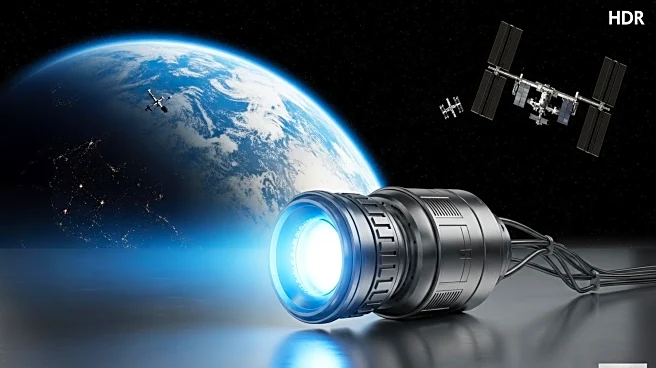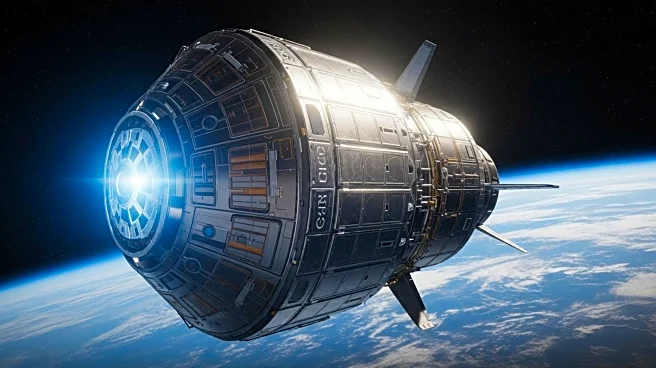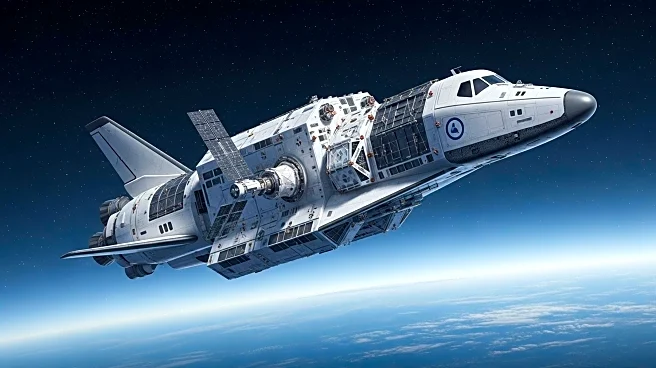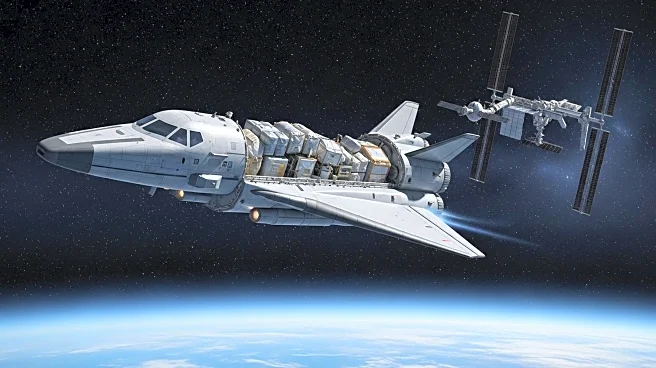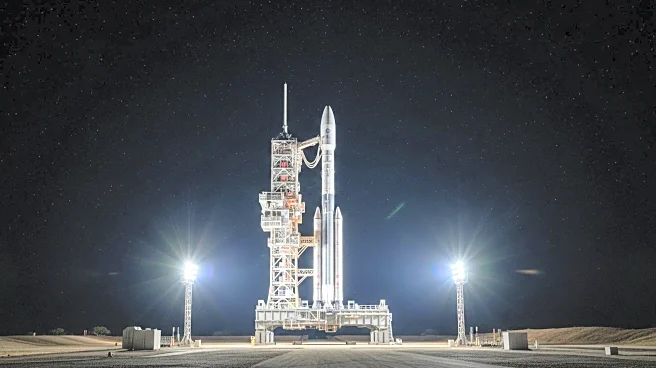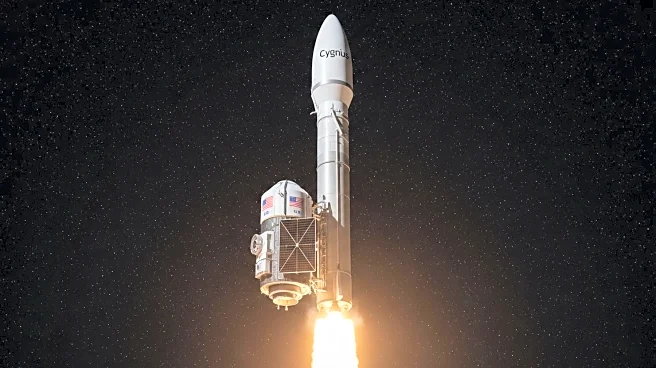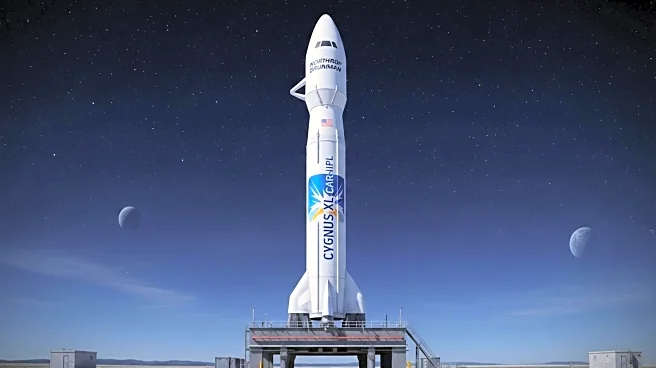What's Happening?
SpaceX has unveiled a new propulsion system on its Dragon spacecraft to assist in maintaining the International Space Station's (ISS) orbit. This development marks a significant shift in the responsibilities traditionally held by the Russian space agency, which has been using its Progress cargo vehicles for this task. The Dragon spacecraft, as part of its 33rd cargo mission to the ISS, carried not only essential supplies and scientific experiments but also a novel propulsion system designed to boost the station's orbit. This mission highlights the growing role of commercial companies in space operations, with SpaceX and Northrop Grumman collaborating with NASA to enhance spacecraft capabilities for orbital maintenance.
Why It's Important?
The introduction of SpaceX's new propulsion system is a pivotal moment in space exploration, as it diversifies the methods available for maintaining the ISS's orbit. This advancement reduces reliance on Russian technology and showcases the potential of commercial partnerships in space missions. The ability of private companies like SpaceX to contribute to critical space operations could lead to more innovative solutions and cost efficiencies. This development also sets a precedent for future collaborations between NASA and commercial entities, potentially accelerating advancements in space technology and exploration.
What's Next?
Future Dragon missions are expected to further enhance the flexibility and capabilities of space station operations. SpaceX's propulsion system is a precursor to a larger-scale version planned for the US Deorbit Vehicle, which will eventually decommission the ISS in the early 2030s. The ongoing collaboration between NASA and commercial partners like SpaceX and Northrop Grumman will likely continue to evolve, with potential implications for future space exploration projects and the development of new technologies.
Beyond the Headlines
This development underscores the shifting dynamics in space exploration, where commercial entities are playing increasingly significant roles. The collaboration between NASA and private companies not only supports the ISS's ongoing mission but also contributes to research with direct applications on Earth. As space missions become more complex, the integration of commercial capabilities will be crucial to sustaining human presence in space and exploring more distant frontiers.

